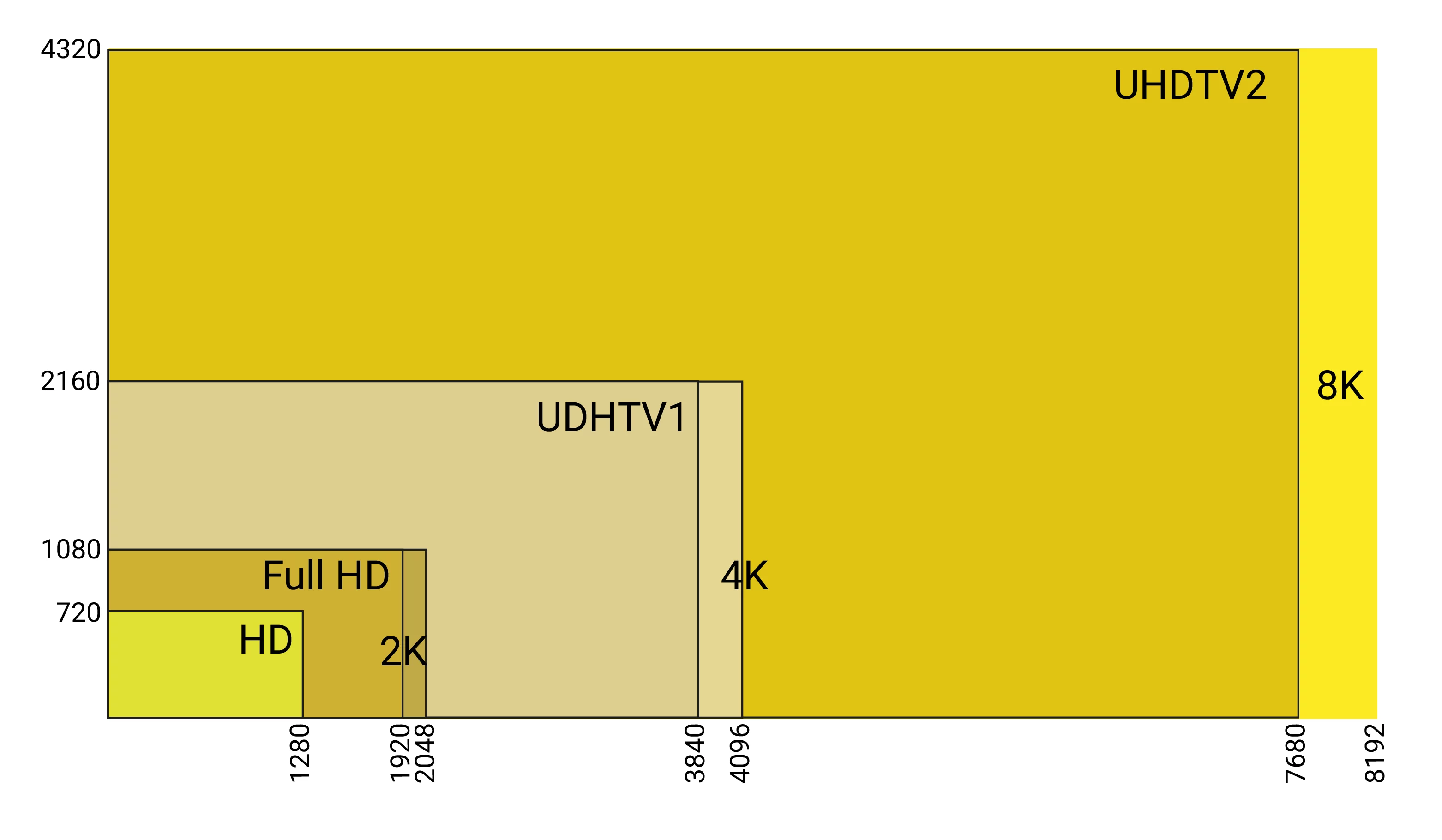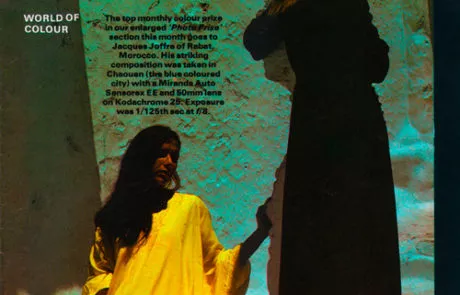Blog post — History of Photography
February 2021
What’s the difference between HD, UHD and HDR?
Blog post — History of Photography
February 2021
What’s the difference between HD, UHD and HDR?
HD, full HD, UHD, HDR… they all sound similar but what do those acronyms stand for and refer to?
While HD and HDR are all meant to improve your viewing experience, they do so in completely different ways. Let’s have a closer look!
HD, full HD, UHD, HDR… they all sound similar but what do those acronyms stand for and refer to?
While HD and HDR are all meant to improve your viewing experience, they do so in completely different ways. Let’s have a closer look!
HD, Full HD and UHD
High Definition (HD), Full HD and Ultra HD (UHD) are resolution standards. Resolution is defined by the number of distinct pixels that can be displayed. More pixels result in more information. Images with more pixels are therefore of a high quality.
- HD is characterized by 1,280 pixels displayed horizontally and 720 pixels displayed vertically.
- Full HD is characterized by 1,920 pixels displayed horizontally and 1,080 pixels displayed vertically.
- Ultra HD is characterized by 3840 pixels displayed horizontally and 2160 pixels displayed vertically.Today, there are two types of resolutions called Ultra HD:
- The 4K which offers a resolution of 3840 x 2160 pixels
- The 8K in 7680 x 4320 pixels (still at an experimental stage.)

HD, Full HD and UHD
High Definition (HD), Full HD and Ultra HD (UHD) are resolution standards. Resolution is defined by the number of distinct pixels that can be displayed. More pixels result in more information. Images with more pixels are therefore of a high quality.
- HD is characterized by 1,280 pixels displayed horizontally and 720 pixels displayed vertically.
- Full HD is characterized by 1,920 pixels displayed horizontally and 1,080 pixels displayed vertically.
- Ultra HD is characterized by 3840 pixels displayed horizontally and 2160 pixels displayed vertically.Today, there are two types of resolutions called Ultra HD:
- The 4K which offers a resolution of 3840 x 2160 pixels
- The 8K in 7680 x 4320 pixels (still at an experimental stage.)

HDR, HDR 10, HDR 10+, DOLBY VISION
High Dynamic Range (HDR) creates contrast in images, providing a wider range of brightness and colors between the brightest whites and darkest blacks. HDR images tend to better render what the human eye perceives. HDR is used both in photography videography. If you’re interested in HDR videos or HDR screens, you might have also heard about HDR10, HDR 10+ or Dolby Vision. Here are some explanations!
- HDR 10 is the standard HDR format, also defined as the « static » format. When watching movie in HDR10 format, you get the same settings throughout the video content.
- HDR 10+ slips into what is called “dynamic” format. With an HDR 10+ TV, the calibration is done frame by frame. That format use optimal settings for each frame in order to provide the best visual quality throughout the video content.
- Dolby Vision is also a « dynamic » format but offers a quality far superior to HDR 10 and HDR 10+.
While HDR 10 and HDR 10+ are open source, Dolby Vision belongs to the Dolby company.

An example of a HDR photograph
HDR, HDR 10, HDR 10+, DOLBY VISION
High Dynamic Range (HDR) creates contrast in images, providing a wider range of brightness and colors between the brightest whites and darkest blacks. HDR images tend to better render what the human eye perceives. HDR is used both in photography videography. If you’re interested in HDR videos or HDR screens, you might have also heard about HDR10, HDR 10+ or Dolby Vision. Here are some explanations!
- HDR 10 is the standard HDR format, also defined as the « static » format. When watching movie in HDR10 format, you get the same settings throughout the video content.
- HDR 10+ slips into what is called “dynamic” format. With an HDR 10+ TV, the calibration is done frame by frame. That format use optimal settings for each frame in order to provide the best visual quality throughout the video content.
- Dolby Vision is also a « dynamic » format but offers a quality far superior to HDR 10 and HDR 10+.
While HDR 10 and HDR 10+ are open source, Dolby Vision belongs to the Dolby company.

An exemple of a HDR photograph
Browse our Blog



















